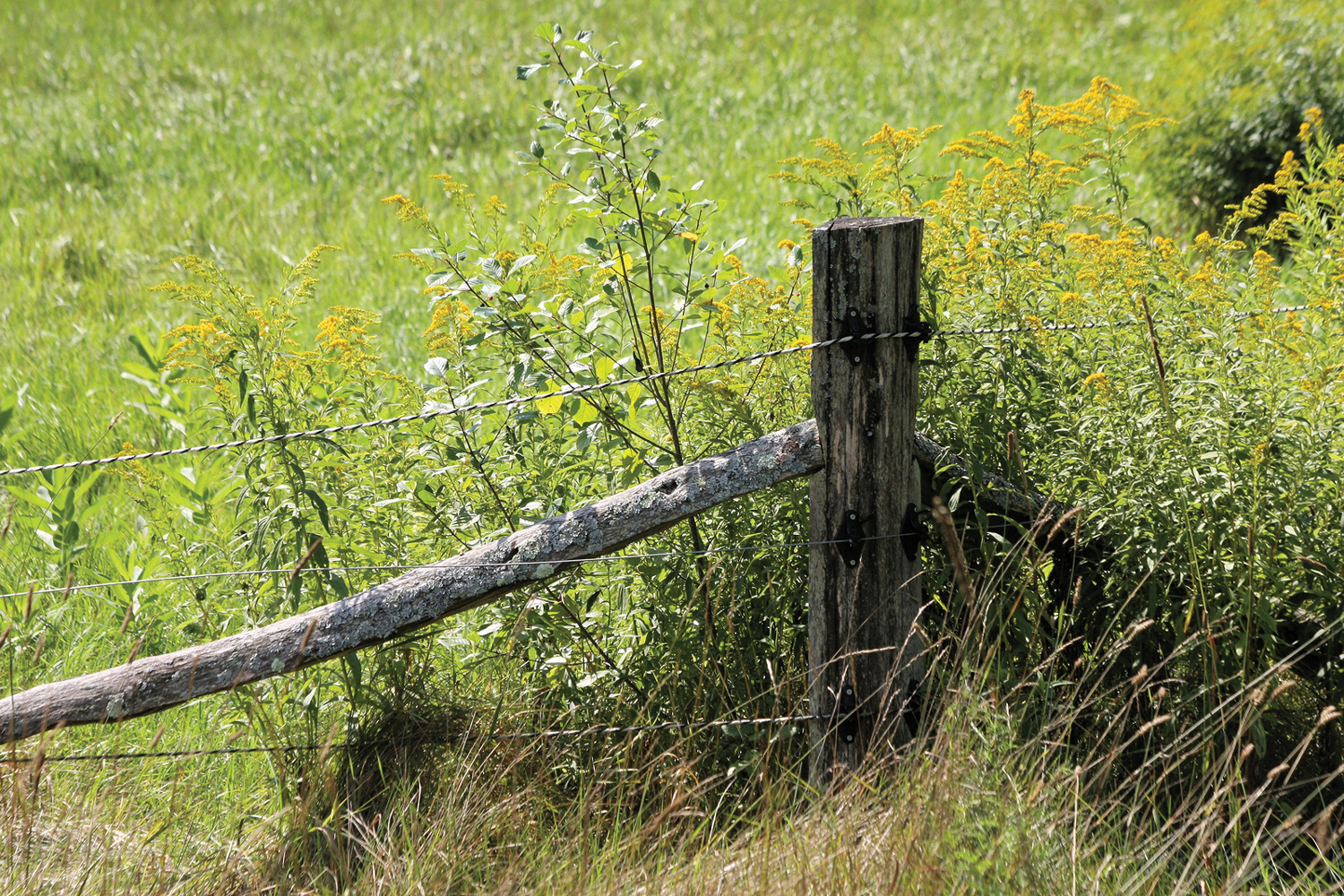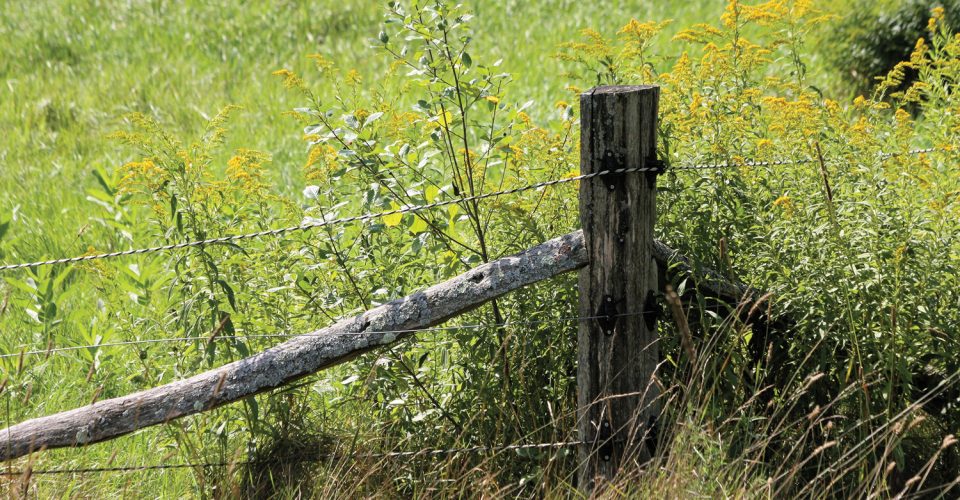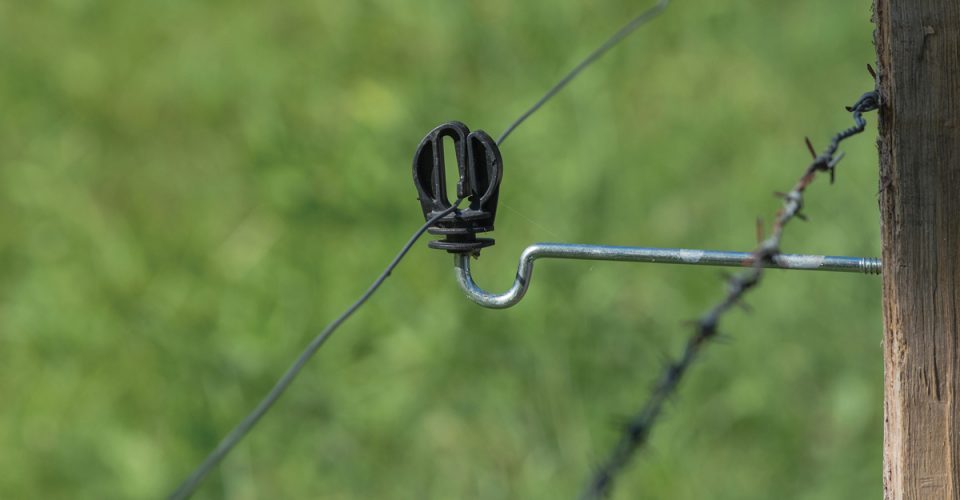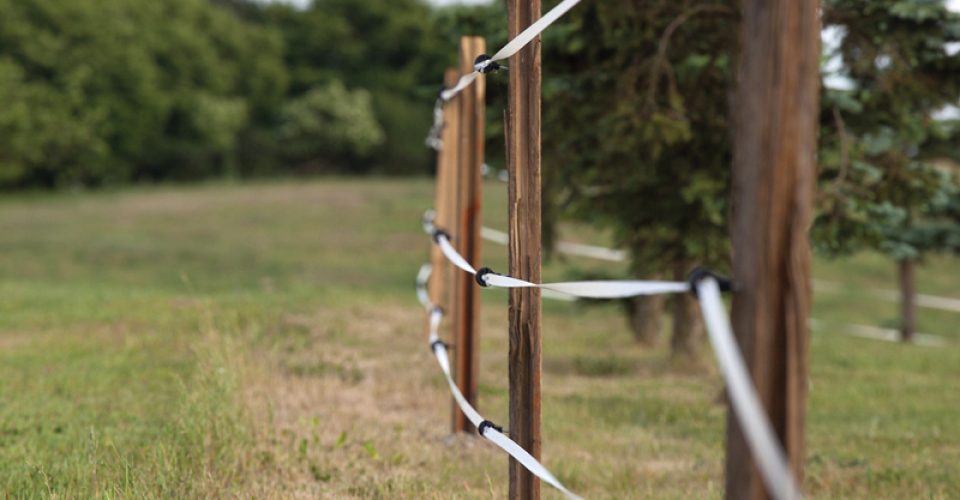Electric Fence Maintenance

By Kristin Lewis Hawkins
Electric fences are popular, versatile, inexpensive and relatively maintenance-free. However, for an electric fence to continue working properly, there are some occasional tasks required to keep your animals safe and the fence effective.
Walk the line
One of the most important tasks you can perform is to schedule a regular walk of the entire fence line. Not all problems can be seen from a distance, so a close-up check around the perimeter will ensure that you don’t have any surprises. Animals may still respect a dead wire, but it won’t be long before they have figured out it doesn’t have its old zing.
If you don’t have a voltmeter or faultfinder, get one. Checking the load of your fence will ensure that you are getting the full charge, especially if you’re dealing with animals that require higher voltage, such as bulls. If your fence is also tasked with keeping animals like feral pigs or predators out, monitoring the proper load is doubly important. A faultfinder will help you track down faults in the fence and save time.
No charge
Fallen limbs and excess vegetation could be causing shorts in the line. Trim or spray herbicide under fences to prevent overgrowth touching the wires, which can rob you of power and waste electricity.
Snow can also cause faults in an electric fence if it touches lower fence wires. A cutoff switch may be necessary if you live in areas that receive heavy snowfall.
Check all wire connections, ground rods, posts and insulators. Even one loose connector or cracked insulator can make a difference. If your cables, tape or wires are insulated, check that they aren’t weathered or abraded, especially where they may come into contact with sharp edges.
Ring of fire
Keep wire strands and tape tight and check tension periodically.
Check ground rods to make sure they’re grounding properly. Dry or frozen conditions can cause poor grounding, so take precautions if you think that could be a problem. Tape should not touch tensioners or posts unless they are insulated.
Dust and clean energizer terminals to ensure you’re getting a full charge. Something as small as a spider web could cause a problem.
I’ve been everywhere
All fences will require a bit of maintenance, so factor in some time and a plan to fix problems as they occur. As long as you schedule a regular checkup and use quality equipment and the right tools, you’ll be sure to save yourself time and cash. ❚
“Electric Fence Maintenance” is excerpted from the September 2017 issue of The Cattleman magazine.



